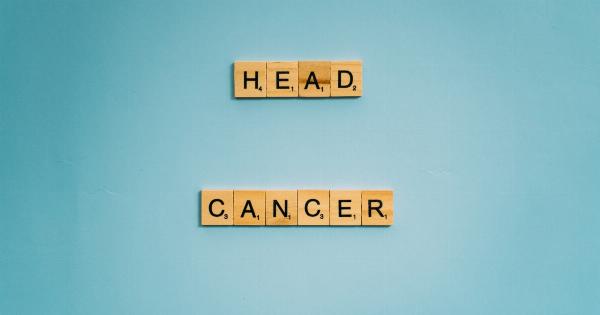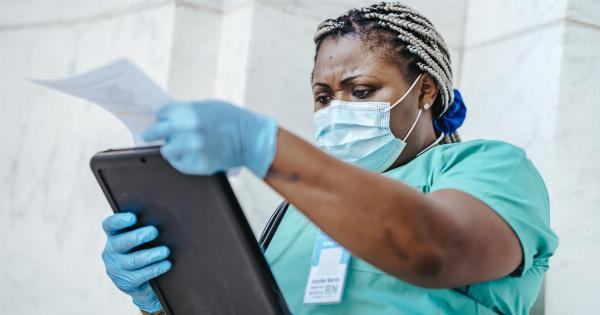Head and cervical cancers are some of the most common forms of cancer. While they both involve the growth of abnormal cells, they have different risk factors and potential signs and symptoms.
Understanding the risks associated with these cancers is crucial for early detection and treatment.
What is Head Cancer?
Head cancer is a type of cancer that can develop in different parts of the head, including the mouth, nose, sinuses, throat, and salivary glands.
The most common type of head cancer is squamous cell carcinoma, which accounts for around 90 percent of all cases.
Risk Factors for Head Cancer
Several factors can increase the risk of developing head cancer, including:.
- Smoking tobacco or using smokeless tobacco
- Excessive alcohol consumption
- Human papillomavirus (HPV) infection
- Weak immune system
- Exposure to certain chemicals or substances, such as asbestos or wood dust
Signs and Symptoms of Head Cancer
The signs and symptoms of head cancer will depend on the location of the cancer. Some common signs include:.
- Mouth sores or ulcers that do not heal
- A lump in the neck or mouth
- Sudden voice changes or hoarseness
- Difficulty swallowing or chewing
- Ear pain
If you experience any of these symptoms, it is important to consult your doctor as soon as possible.
What is Cervical Cancer?
Cervical cancer is a type of cancer that develops in the cervix, which is the lower part of the uterus that connects to the vagina. Almost all cervical cancers are caused by the human papillomavirus (HPV).
Risk Factors for Cervical Cancer
Several factors can increase the risk of developing cervical cancer, including:.
- HPV infection
- Sexual activity at a young age
- Multiple sexual partners
- Cigarette smoking
- Weakened immune system
Signs and Symptoms of Cervical Cancer
Early-stage cervical cancer may not cause any signs or symptoms. As the cancer grows, the following symptoms may occur:.
- Abnormal vaginal bleeding, such as bleeding between periods or after sex
- Pelvic pain or discomfort
- Pain during sex
- Vaginal discharge that is watery, thick, or foul-smelling
Prevention and Screening for Head and Cervical Cancer
The best way to prevent head and cervical cancer is to reduce your risk factors. This includes avoiding tobacco use, limiting alcohol consumption, and practicing safe sex.
Vaccines are also available to protect against HPV, which can prevent cervical cancer.
Screening can also help detect head and cervical cancer early, when treatment is most effective. Oral cancer screenings may be done during routine dental exams, and women should have regular Pap smears to check for cervical cancer.
Treatment for Head and Cervical Cancer
The treatment for head and cervical cancer will depend on the location and stage of the cancer, as well as the overall health of the patient. Treatment options may include surgery, radiation therapy, chemotherapy, or a combination of these methods.
Conclusion
Head and cervical cancers are serious conditions that require prompt diagnosis and treatment. By understanding the risk factors and potential signs and symptoms of these cancers, you can take steps to reduce your risk and seek treatment if necessary.






























